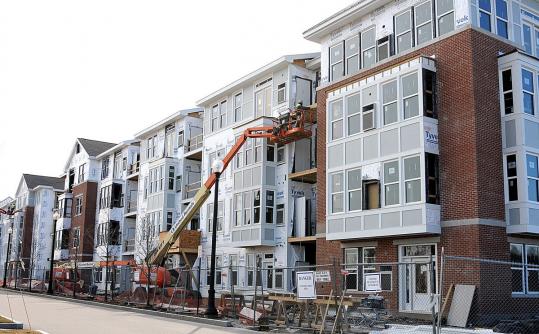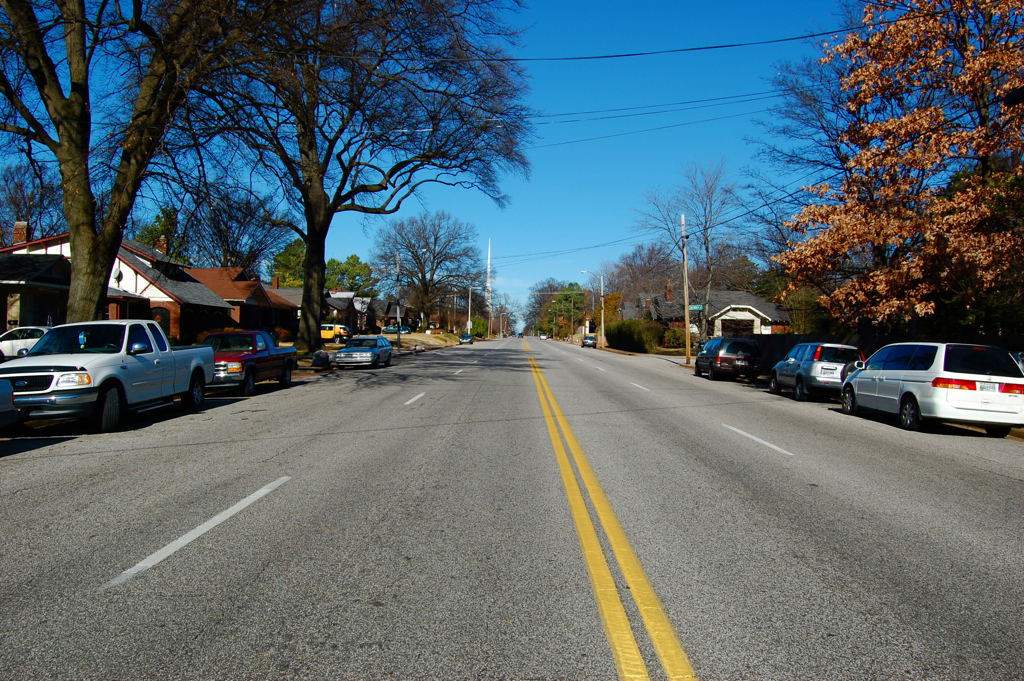Eschewing the faddish steps local governments sometimes take to retain and attract young professionals, Massachusetts has cut to the chase with a common-sense plan. Governor Deval Patrick is catalyzing walkable residential development as an official state policy in hopes of retaining young people by appealing to their needs and preferences.

Yesterday, Patrick announced a program called Compact Neighborhoods, which will provide incentives for the development of multi-family housing near transit centers. The Boston Globe reported that state officials hope the program will spur the creation of 10,000 new housing units annually. To be eligible for the incentive, developers will need to plan on at least eight units per acre for multi-family homes and four units per acre for single-family homes.
The announcement came after researchers and housing experts publicly made the case for a shift in housing to reflect changing demographic realities.
Barry Bluestone, director of the Kitty and Michael Dukakis Center for Urban and Regional Policy at Northeastern University, told the Globe that over the next eight years housing demand will be dominated by young families with significant debt and older people looking to downsize.
The new program is a step forward but may be just the beginning of what Massachusetts needs to meet demand for walkable neighborhoods. Harvard economist Ed Glaeser, an urbanist, said that he doubted 10,000 homes a year would be enough to meet demand.
“I think it is going to take stronger medicine,’’ he told the Globe.





